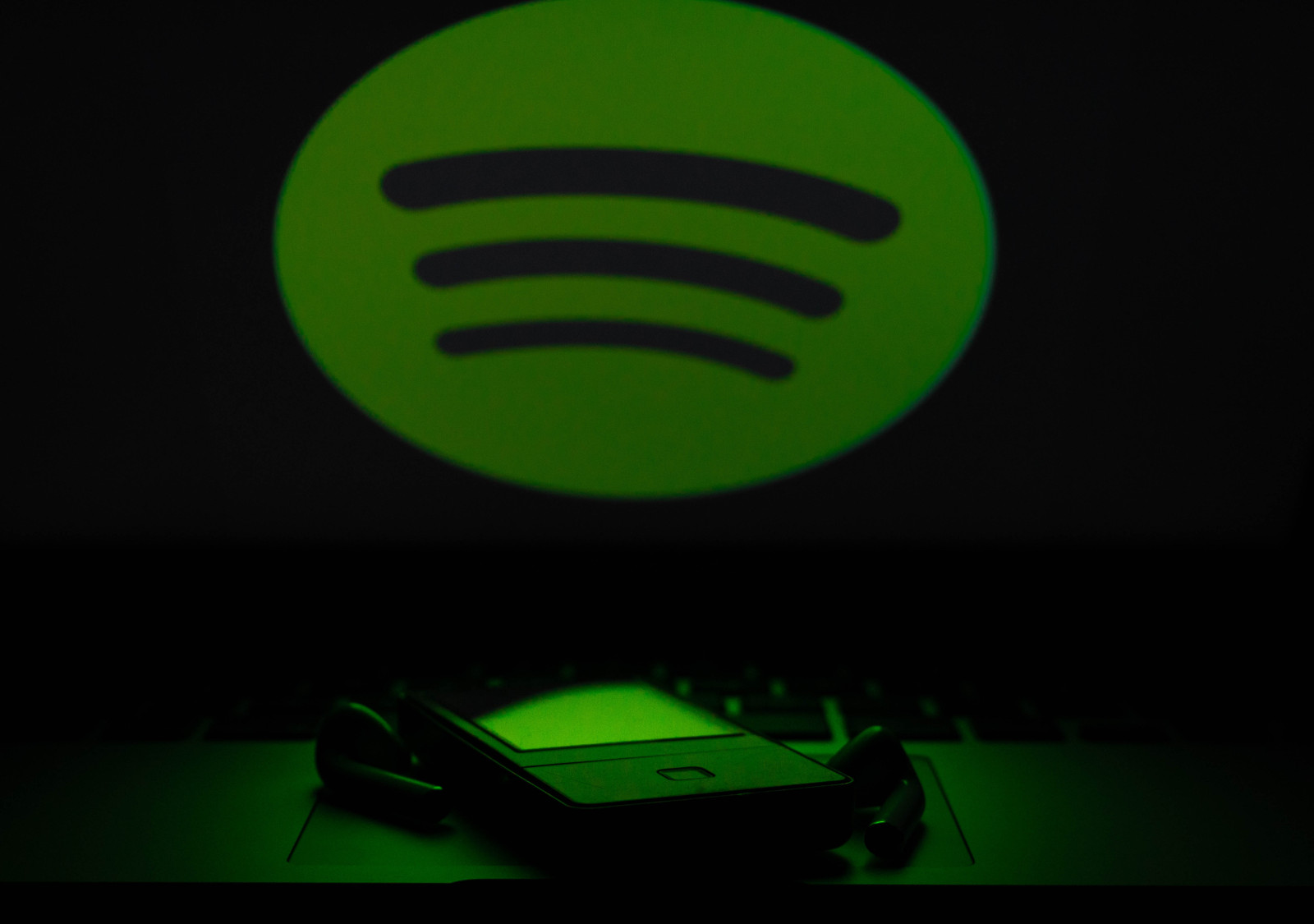Two-tier licensing is about to become a reality

Photo: Reet Talreja

With the dust still far from settled on the UMG / Deezer streaming royalty proposal, something even bigger is coming: Spotify is turning the concept into reality in Q1 2024. The behind-the-scenes conversations have been ongoing for some time, but the details were stated publicly on panels at last week’s ADE conference, meaning that the information is now firmly in the public domain. Obviously, nothing is official at this stage, so consider this ‘as reported’ information. Even if the final details end up varying, what is clear is that two-tier licensing is about to become a reality.
Things are moving fast, going from ‘limited trial’ to ‘actually happening’ in the proverbial blink of the eye. If Spotify is indeed set to launch two-tier royalties just months from now, it begs the question as to what the Deezer trial was about in the first place? If decisions had already been made elsewhere, then the likelihood is that it was a way of softening up industry opinion before the big news hit next year, to acclimatise the industry community to the concept ahead of launch.
Streaming democratised access to the means of distribution, enabling an unprecedented growth in artists and releases. But the brake is now being firmly applied. Streams may have all been created equal, but now some streams are becoming more equal than others.
There are, of course, compelling arguments for ‘fixing’ streaming royalties (arguments that we have discussed at length). But if consumers are choosing to listen to long-tail artists, or if the algorithms consider long-tail artists to be the right fit for their tastes, then the ‘problem’ lies with consumption patterns, not royalties. (And of course, what consumers are listening to is also the most precise way to measure where and how subscribers allocate the value of their subscription.)
Featured Report
Ad-supported music market shares Spotify ascending
Ad-supported streaming has always occupied a unique and slightly contentious place in the music industry ecosystem. On the one hand, ad-supported still represents an effective way to reach consumers at scale, creating a wider subscriber acquisition funnel.
Find out more…Between 2019 and 2022, artists direct streaming revenue grew by 130% while the majors grew by 58%. Long-tail artists are growing their share of ear (even accounting for the fact that algorithms are not neutral agents). In 2022, artists direct accounted for 8% of global streaming revenue and at current trajectory would reach 10% by 2025. Consider that WMG’s share was 16% in 2022, and it becomes clear just how significant the long-tail pool is.
But here is where the cynical genius of the two-tier system comes into play. Right now, streams and revenue are effectively synonymous, but by this time next year, they will mean very different things. The majority of artists direct will no longer be paid for their contribution to the value of the $11.99 subscription. The c.10% of consumption they will generate will disappear from the streaming revenue map. They will be othered, their revenue becoming a new black box for the biggest artists to share between themselves. Which means that, hey presto, all that annoying artists direct market share suddenly gets reallocated to everyone else. Market share erosion? What market share erosion?
The two-tier system does not even try to turn back the clock on the rise of independence, it simply funnels the growing revenue from this cultural paradigm shift to the bigger artists who are losing share. If DSP streaming was the only game in town, then the risks of antagonising long-tail artists (label and direct) would be relatively low. But the music consumption and creation landscapes are changing. Non-DSP streaming revenue is outgrowing DSP streaming, while creators choosing to release only on non-DSP platforms is growing twice as fast as artists releasing onto DSPs.
Perhaps it would serve bigger labels and artists well, to have smaller artists and labels focus their attention elsewhere. But if they do so, then they will take audience attention and cultural capital with them. At some stage or another, that kind of shift will start to bite into DSP acquisition and retention rates. By which stage it may be too late to halt the decline.

There are comments on this post join the discussion.